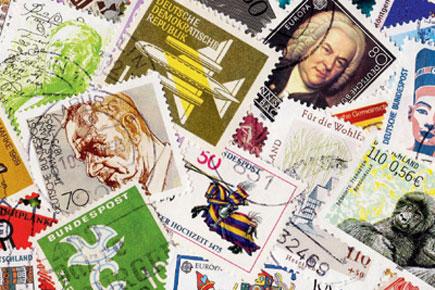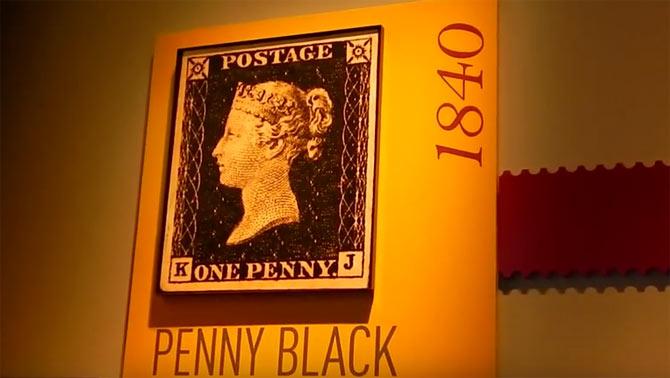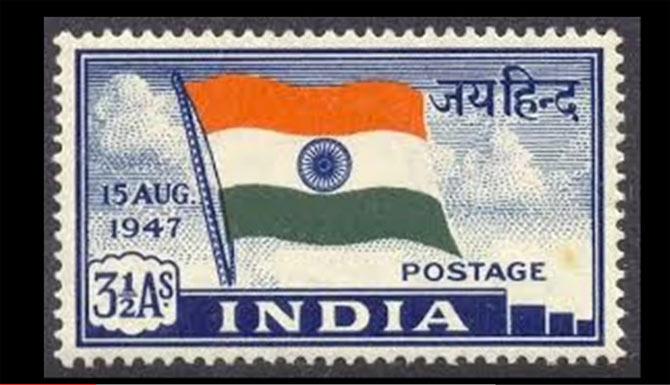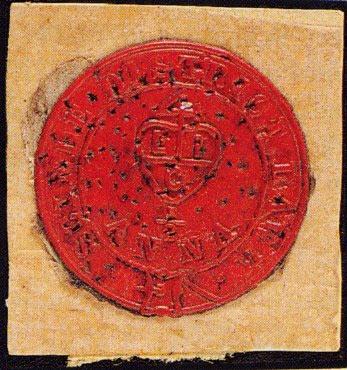The world might have moved on to emails, e-cards, Smses and WhatsApp messages but few things can compare to the thrill of receiving a handwritten card or package in the mail. On World Post Day, we present some interesting trivia on the most integral part of a letter: the postage stamp...

Stamps
The world might have moved on to emails, e-cards, Smses and WhatsApp messages but few things can compare to the thrill of receiving a handwritten card or package in the mail. On World Post Day, we present some interesting trivia on the most integral part of a letter: the postage stamp...
ADVERTISEMENT

Picture for representational purposes
>> Ink and hand-stamps predated adhesive stamps. These were made from wood or cork and were used to frank the mail and confirm payment of postage.

Pic/YouTube
>> The Penny Black (pictured above) is considered as the world's first postage stamp. It was issued in the United Kingdom on 1 May 1840 to reform and improve the postal system in the United Kingdom of Great Britain and Ireland, , in the early 19th century, was in disarray and rife with corruption.

Pic/YouTube
>> Independent India's first ever stamp (pictured above) showing the tri-colour was first issued on 21 November 1947. It was meant for foreign correspondence.
>> The Scinde Dawk (pictured below), Asia's first adhesive stamp was introduced in 1852 by Sir Bartle Frere, the British East India Company's administrator of the province of Sind. The Indian Post Office's establishment preceeded this in 1837.

>> Stamp collectors are an important source of revenue for some small countries that create limited runs of elaborate stamps. Hundreds of countries, each producing scores of different stamps each year, resulted in 400,000 different types of stamps in existence by the year 2000. Annual world output averages about 10,000 types.
>> Every time you lick a stamp, you're consuming 1/10th of a calorie.
>> Great Britain is the only country to not print it's name on the stamps issued.
 Subscribe today by clicking the link and stay updated with the latest news!" Click here!
Subscribe today by clicking the link and stay updated with the latest news!" Click here!






